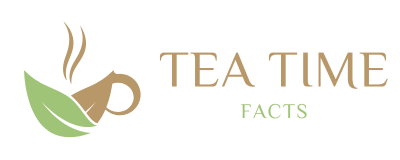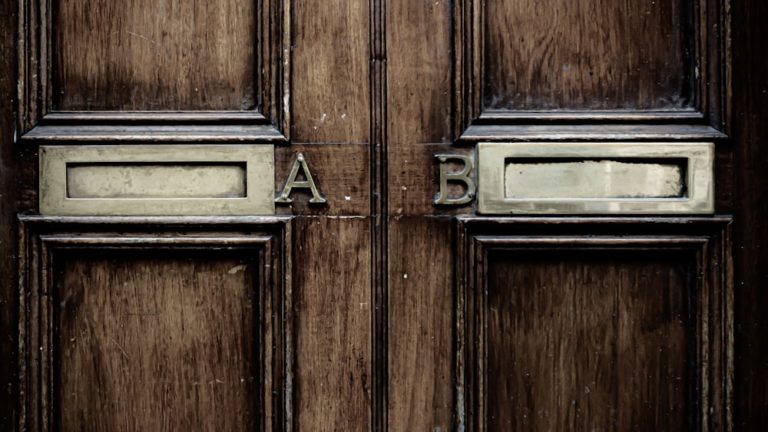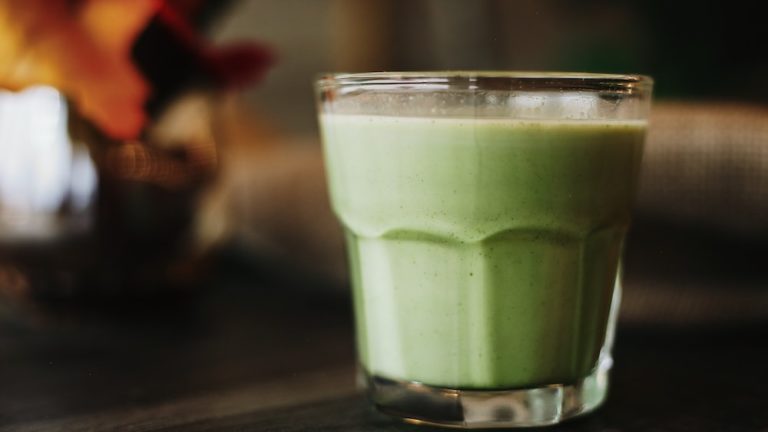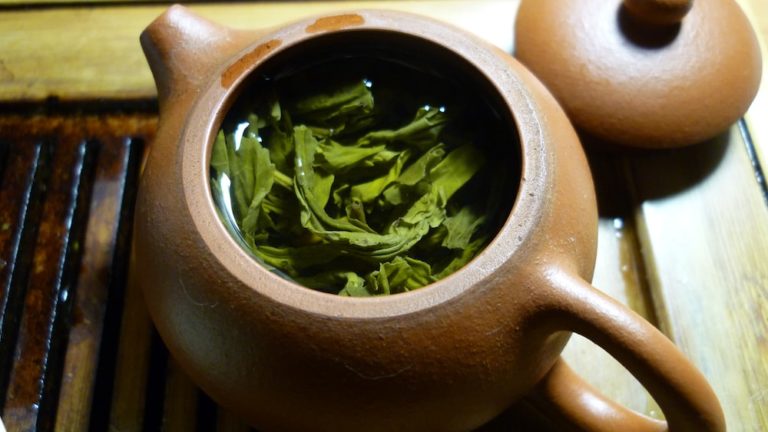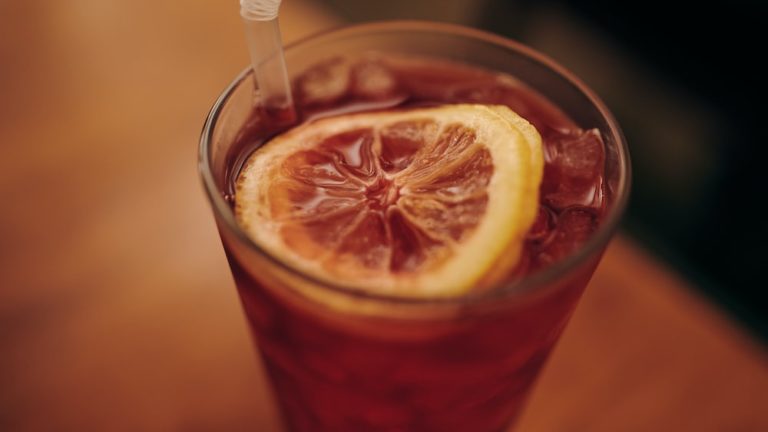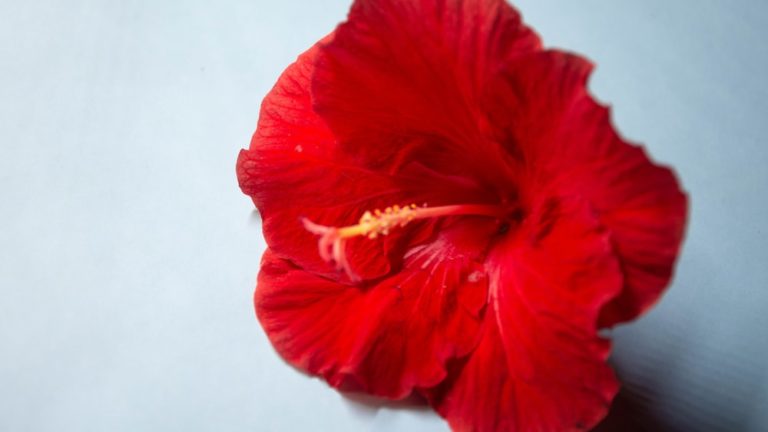Tea With Milk: The Perfect Combination For A Delightful Sip
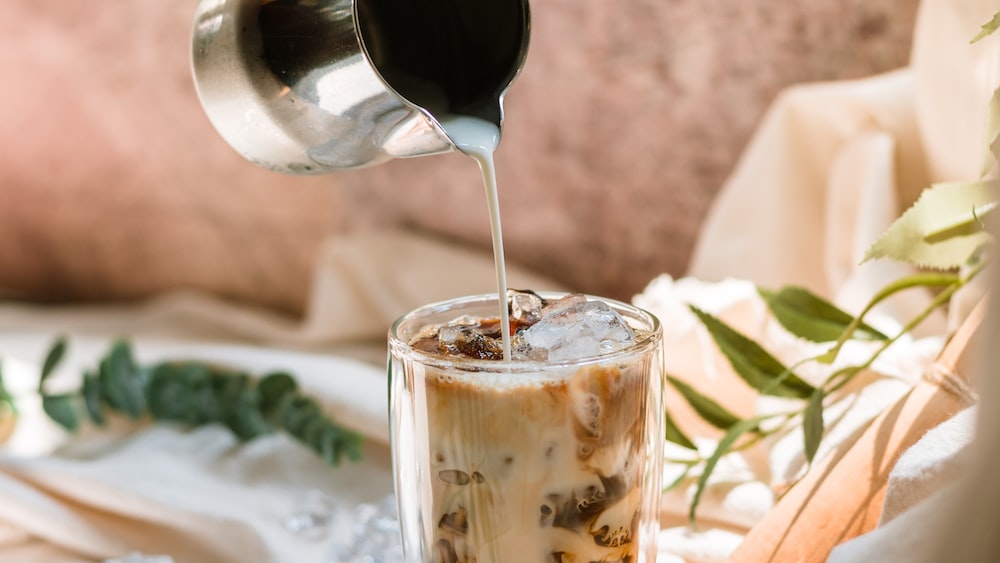
Tea With Milk: The Perfect Combination For A Delightful Sip
Hello, fellow tea enthusiasts! Have you ever found yourself in the midst of a morning ritual, cradling a cup of tea, and pondering whether the sip would be more delightful with a splash of milk? Well, let’s put those thoughts down to rest as you’re about to embark on an intriguing milk tea journey with me. Let’s set our sails on the vast ocean of tea knowledge, shall we?
Now, adding milk to tea is not a newfangled idea. It has a rich history adorning its cup, each sip echoing stories from centuries bygone. Many cultures, near and far, have embraced this creamy collaboration, sometimes out of necessity, and other times, purely for the enticing allure of the taste.
Across the globe, cultures and people savor this combo differently. Some like their tea subtly infused with milk; some prefer a robust cuppa that metaphorically roars like a lion at the hint of dairy intrusion. Now you might wonder, how does this humble combo earn its widespread fandom? Pour yourself a hot cup of tea, maybe add a splash of milk (or not, again totally up to you), and let’s unravel this milk tea enigma together.
The History of Adding Milk to Tea
Delving into the annals of tea history, we uncover surprising tales about how our beloved brew first danced with dairy. Through ages of tea evolution, milk gradually infiltrated this realm, brewing together tales of cultural diversities, economic necessities, and gastronomical explorations. Let’s steam ahead, shall we?
Why People Started Adding Milk to Tea
Way back when, tea was considered a luxury, reserved exclusively for the aristocracy. Milk was cheaper to procure, and hence, butter tea, a Tibetan variant of milk tea, was born out of necessity and frugality but soon morphed into a cultural staple.
Interestingly, milk also made its way into British teacups for a not-so-culinary reason. During the early days, porcelain, which was used for tea service, was rather delicate and had the risk of cracking with hot tea. A splash of cold milk before pouring in tea lessened the thermal shock, saving the precious porcelain from an untimely demise.
Moreover, the brilliant chemistry between tea and milk had people indulging in this delightful duo for their tantalizing taste, thereby steeping its popularity in various cultures.
Milk was added to tea as a way to prevent delicate porcelain from cracking, but the combination soon became popular for its tantalizing taste.
Cultural Differences in Adding Milk to Tea
The quartet of tea leaves, hot water, milk, and time whips up a symphony that varies strikingly over geography. Unsurprisingly, the same two key ingredients – tea, and milk, garner drastically differing receptions, influences, and personal preferences across cultures.
British high tea, a cultural icon, usually involves a hearty splash of milk in a strong black tea. It’s a comforting routine, almost like a blanket knitted with threads of tradition. But jump continents to Asia, and you’ll see this milky concoction boiled with spices, and sweeteners for a spicier, sweeter version.
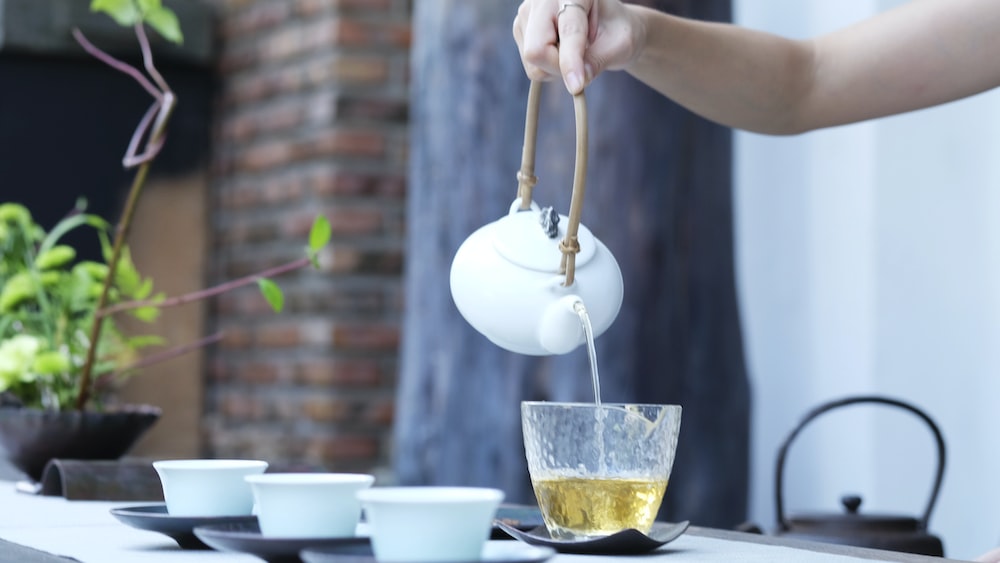
And, if we traverse further to the frosty Tibetan highlands, we’re greeted by butter tea – a salty unification of tea, yak butter, and salt, an unusual but much-loved variation of milk tea that provide the much-needed calorie and warmth against the harsh mountain cold.
Understanding the Science Behind Tea with Milk
Tea with milk is not just a sensory celebration; it’s a dance of atoms and molecules, craftily choreographed by the elements of chemistry. The addition of milk to tea is far from random; it’s a science-soaked ceremony that tailors the tea’s taste profile. Like a complex ballet, this collision of chemistry and taste buds always culminates in a moment of sipping zen.
How Milk Changes the Taste of Tea
From the sensory landscape’s viewpoint, milk partners with tea to paint a new flavor canvas. As you take your first sip, you might feel like the tea’s astringency has somewhat diffused. But why, you ask? The proteins in milk, casein to be exact, bind with tea’s bitter-tasting compounds, tannins, sort of like playing interference with their intimidating bitter onslaught.
Next, the fat in milk contributes a silky texture, while lactose (the sugar in milk) imparts a slight sweetness. Together, they smoothen the tea’s road, leading to a less bitter, subtly sweet, and voluptuously velvety brew.
Adding to the brew’s sophistication, the type of milk can make the tea taste differently too! Each variety of milk has its unique genetic make-up and, therefore, a distinct taste profile, and thus affects the overall flavor differently.
The Nutritional Impact of Adding Milk to Tea
A spoonful of milk doesn’t just tweak the flavor; it bestows nutritional upgrades to your humble cup of tea. When you add milk, your tea not just becomes richer in taste but also in proteins, vitamins, and minerals that milk has to offer.
But pause before you reach for the milk jug again. The marriage of milk and tea is not all rainbows and butterflies from a health perspective. Some studies suggest that milk may hinder the absorption of certain beneficial compounds in tea, like catechins, which are touted for their antioxidant properties.
Meanwhile, some studies indicate that adding milk doesn’t inhibit the tea’s benefits. Yes, it’s a bit puzzling, but all you health-conscious folks out there keep this in mind– moderation is key. Thus, balancing the nutritional seesaw is integral to keeping your milk tea health-friendly.
The Art of Making Tea with Milk
Making the perfect tea with milk is an intimate orchestra of precision, patience, intuition, and, most importantly, personal preference. The journey from selecting the right tea, deciding on the perfect milk to tea ratio, to deftly brewing it to perfection, all of it makes the art of tea-making a beautiful sensory waltz.
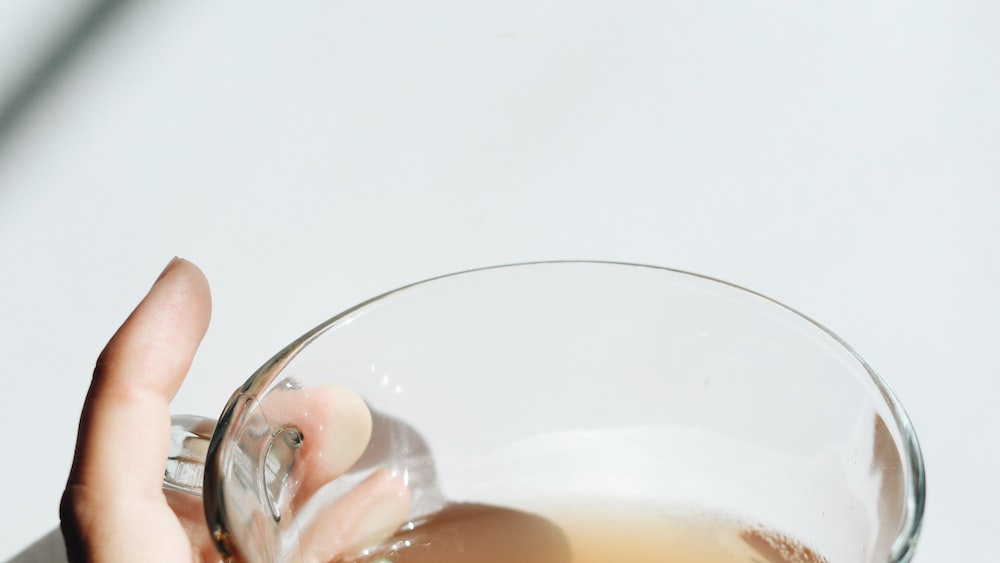
Choosing the Right Tea for Milk
Oh, the wonderful world of tea! From a soothing chamomile to a robust rooibos, there’s a delightful brew for every discerning palate. But, all things considered, is there a perfect tea to blend with our beloved dairy product, milk?
Amongst the myriad of available options, black tea stands out as the prime contender. Their bold flavors marry beautifully with milk, creating a creamy bed on which the tea’s taste can dance, pirouette, and take center stage. But let’s not discount the earthy green tea that, with just the right amount of milk, can make you question everything you knew about tea drinking!
The Perfect Milk to Tea Ratio
Here’s the million teaspoons question – what’s the perfect milk-to-tea ratio? Unfortunately, my dear tea lovers, the bitter truth is that there isn’t a one-size-fits-all answer. Just like choosing the right pair of socks might depend on the weather or your mood, the perfect ratio of milk to tea is largely a subjective matter.
That said, a common guideline is to follow a 1:3 ratio with one part milk to three parts tea. However, this is by no means a golden rule chiseled in stone. Feel free to tweak according to your heart’s content, remembering that creating the perfect cup of tea is an art form best painted with the brushstrokes of experimentation.
The perfect milk-to-tea ratio is subjective and can be adjusted to personal preference, but a common guideline is a 1:3 ratio of milk to tea.
Step-by-Step Guide to Making Tea with Milk
Before we start, an important disclaimer – this isn’t rocket science, nor is it as complicated as quantum physics (thank goodness). Making tea with milk is a blissful journey everyone can embark on, even the most hopeless in the kitchen.
Step 1: Choose your desired tea. Remember, black tea is a crowd favorite.
Step 2: Brew the tea in hot water, according to the desired strength.
Step 3: While your tea is brewing, heat your milk (enter our favorite dairy product). Keep an eye out – we wouldn’t want the milk to pull a disappearing act by boiling over!
Step 4: Pour the milk into the brewed tea, following the magic 1:3 ratio or your personal preference.
Step 5: Savor, enjoy and repeat!
Exploring Varieties of Milk Tea
Hold on to your teacups, folks; we’re about to embark on a whirlwind tour of milk tea wonders from across the globe. From the quintessentially British milk tea to the sweet and creamy Asian variants, and modern twists that would raise even the most established tea-master’s eyebrows – there’s a world of milky delights for you to explore. Loosen your taste buds, and let’s dive right in.
Traditional British Milk Tea
Ah, British milk tea! It’s as representative of the rainy British Isles as the Queen’s Guard and the unwavering love for football. It’s a rich and heartwarming blend of black tea and milk, homogenously infused till perfection.
This British staple has a straightforward, no-fuss recipe: brew a strong cup of black tea, add milk (our versatile dairy product once again) till the brew turns a beautiful shade of beige, and sweeten to taste. True poetry in a cup, wouldn’t you agree?
Asian Varieties of Milk Tea
Moving eastwards, we find the Asian variants of milk tea that are as diverse as the continent itself. They’re as multifaceted as the vibrant cultures and traditions of this continent. The frothy Indian chai, laden with spices and the delightful Taiwanese bubble tea, compete amiably for the top spot.
Of course, let’s not forget the Hong Kong-style milk tea, a delicious amalgam of black tea and evaporated milk that a true tea enthusiast mustn’t disregard. Sipping these exotic brews is an adventure all its own – even if it’s from the comfort of your own couch.
Modern Twists on Milk Tea
Now, let’s step into the 21st Century. Just as we’ve modernized everything from travel to communication, our trusty cup of tea hasn’t been left behind. Welcome to the realm of modern twists on milk tea. From vegan, dairy-free alternatives like almond or soy milk tea, to decadent concoctions like chocolate and caramel tea, the creativity is truly endless.
Why not try a dirty chai latte, taking the traditional chai and adding a shot of espresso for that extra caffeine kick? Or, a matcha milk tea, striking with its vibrant green color and uniquely earthy flavor? The possibilities are as vast as your taste buds are willing to explore.

Welcome to the realm of modern twists on milk tea, where you can explore endless possibilities like vegan alternatives, decadent flavors, and unique combinations.
Health Benefits and Concerns of Drinking Tea with Milk
The health implications of tea with milk is a topic as hot as the tea itself. On one hand, we have the health benefits – the comforting warmth, the dose of hydration, and the potential goodness of antioxidants. But on the other hand, we must also address the concerns – the caloric implications, the dairy intolerance issues, and the risk of reducing some of tea’s beneficial compounds. But fret not, teaholics; in our next segments, we’ll address these issues sip-by-sip.
Nutritional Benefits of Tea with Milk
Milk tea is not just a delightful sip but a cocktail of nutritional values. The ensemble of tea and milk brings together a host of vitamins, minerals, and antioxidants. Tea is rich in polyphenols, which are mighty antioxidants combating cellular damage. When you add milk to it, you’re inviting calcium, protein, and Vitamin B12 to the party. Who knew sipping a flavorful cup of milk tea could bolster your nutrition so gently!
Secondly, the proteins in the milk can help curb your appetite by making you feel satiated. Drinking milk tea might just be the ticket reducing those midday snack cravings! Remember, the darker the tea, the higher the antioxidants. And when these mix with the creamy goodness of milk, it’s a treat, indeed.
Potential Drawbacks and How to Avoid Them
Here’s where I’ll play the devil’s advocate – milk tea isn’t all rainbows and butterflies. One of the potential drawbacks is that the addition of milk may decrease the bioavailability of antioxidants in tea. Plus, if you’re dousing your tea with heaping spoonfuls of sugar alongside the milk, you’re kind of skewing the health-to-taste barometer more towards the taste side!
Worried? Don’t be. You can steer clear of these potential pitfalls by making mindful choices. Opt for low-fat or non-dairy milk to uphold the health quotient. And as for the sweet tooth dilemma? Consider natural sweeteners like stevia or honey, they are healthier alternatives that still add a touch of sweetness.
FAQs
1. Why is milk added to tea?
Adding milk to tea started for practical reasons, especially to prevent the delicate china from cracking under the heat of the boiling tea. But now, milk is added for flavor and texture, creating a smooth, creamy delight that soothes your senses.
2. Does adding milk to tea reduce its health benefits?
Adding milk to tea does have an impact on the health benefits. The proteins in milk can bind with the catechins in tea, reducing their absorption in the body. However, this doesn’t mean you’re devoid of all the health benefits; you’re still getting a good dose.
3. What type of milk is best for tea?
This largely depends on personal preference. Full-fat dairy milk lends a rich, creamy texture to the tea, but you can also use non-dairy milk like almond or soy if you’re vegan or lactose-intolerant.
4. How can I make my own milk tea at home?
Making your milk tea at home is as simple as brewing your favorite tea and stirring in warmed milk. You can also spice it up with various flavorings like vanilla, cardamom, or cinnamon. Remember to adjust your milk and sweetener to tea ratio, according to your taste.

Conclusion
Our journey through the world of milk tea has been quite an adventure, isn’t it? We’ve navigated through its history, reveled in the science behind it, and even dipped our toes into the art of making it. As we’ve seen, milk tea is a lot more than just a comforting beverage; it’s a mosaic of cultural history, nutritional benefits, and potential downsides if not consumed wisely.
In the echo of our conversations here today, whenever you cradle that warm mug of milk tea in your hands, let it be a gentle reminder of the delight and wellness that each sip can carry. You are now well-equipped to enjoy your tea in a healthier way, full of flavor, wisdom, and a newfound appreciation for this special blend.
It’s time for me to bid you goodbye, dear reader. The kettle is whistling, and a fragrant brew of milk tea is calling. Here’s to many more delightful tea-filled moments! Until next time, stay steeped in wellness and joy!
Zoe.
